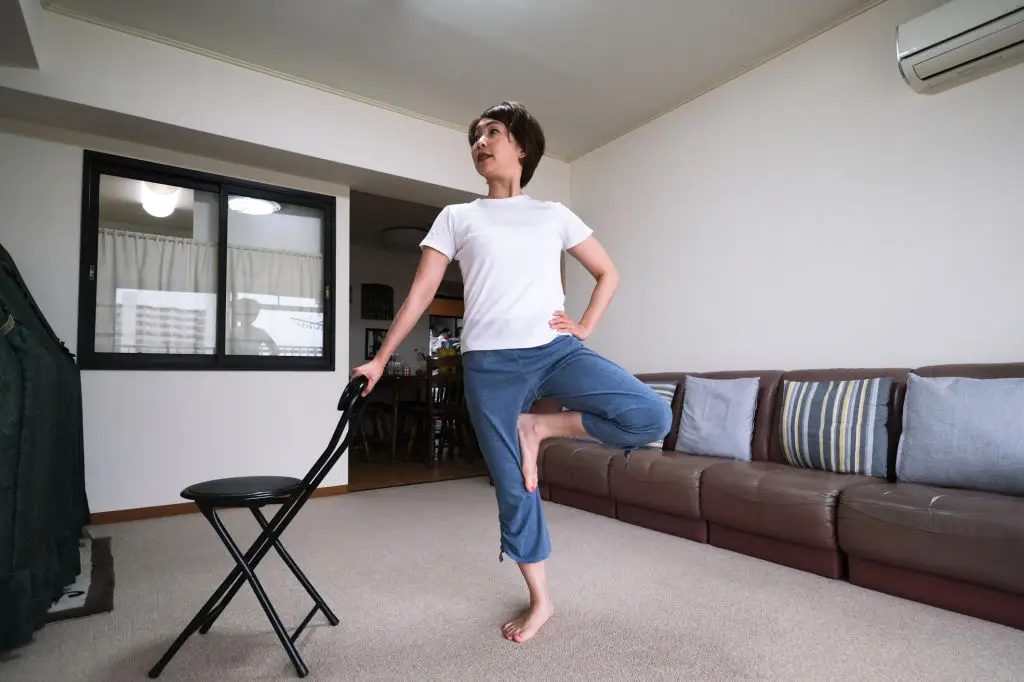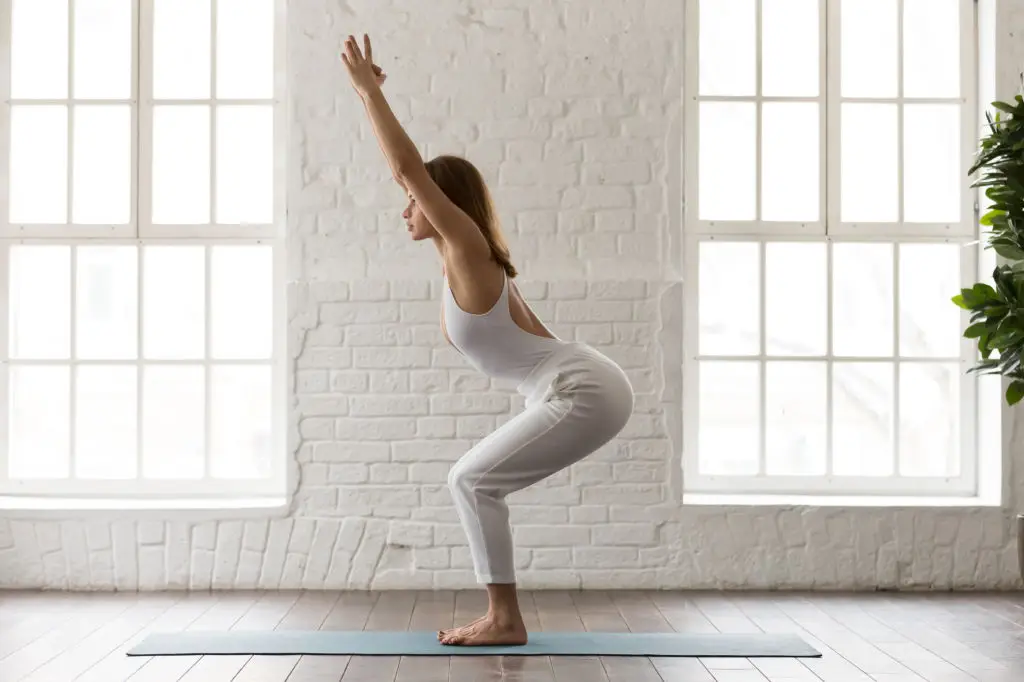7 Simple Exercises That Will Keep Your Body Strong and Steady at Any Age
If you’ve ever wondered whether it’s possible to stay strong, steady, and confident in your body—no matter your birthday—you’re not alone. The truth is, strength and balance aren’t just gym buzzwords or the domain of seasoned athletes. They’re cornerstones of independence and zest for life, whether you’re playing with grandchildren, exploring a farmer’s market, or simply getting up from your favorite reading chair. Our bodies naturally change with time, but movement remains one of our most powerful forms of self-care. That’s why this guide offers simple, accessible exercises designed for every age. These movements require little to no equipment, honor your body’s wisdom, and celebrate progress over perfection. Research shows that muscle and balance aren’t set in stone—adults who add even small bursts of strength training can regain lost muscle and protect against falls, which is especially important as we get older. With each exercise, you’ll find options for dialing up or down, gentle motivation, and a focus on what feels right for you. We’ll also answer your most common questions and share expert guidance, all in a spirit of encouragement. Ready to find your steady? Let’s take the first step together.
1. Single-Leg Stand: The Stability Booster

The single-leg stand might look simple, but it’s a powerhouse when it comes to building balance and stability. Here’s the beauty: balance is not just something you lose with age—it’s a skill you can always retrain. Standing on one leg challenges the muscles around your ankle, knee, and hip, teaching them to work together and react to shifts. According to certified trainer Jarrod Nobbe, “Balance can be trained just like strength.” To try it, stand tall with feet together, holding onto a sturdy chair or countertop for support. Lift one foot off the ground, holding for 10 to 30 seconds. Switch sides. You might feel wobbly at first—that’s your body learning! For beginners, stick to brief holds with support nearby; for more challenge, try closing your eyes or moving your arms gently. Consistent practice can help you feel more confident whether you’re climbing stairs, walking on uneven turf, or simply reaching for a top shelf. Remember: a wobble just means you’re getting smarter and steadier, step by step.
2. Chair Squats: Everyday Strength, Every Age

Squats might have a reputation as a fitness staple, but chair squats are both approachable and transformative. Why? They mirror the everyday motion of sitting down and standing up—a critical marker of independence. With a sturdy chair behind you, stand with feet shoulder-width apart and arms outstretched. Hinge at your hips and bend your knees to lower toward the seat, then press through your heels to return upright. Keep your spine long and chest up, avoiding any sudden drops. For those just starting out, it’s okay to use your hands on your thighs for a little backup. If you’re feeling strong, pause for a second above the seat or add a slow, controlled pace. Chair squats build strength in your thighs, glutes, and core and support everything from walking to safe lifting. Small, persistent efforts add up—so celebrate every rep as a step toward better mobility and confidence.
